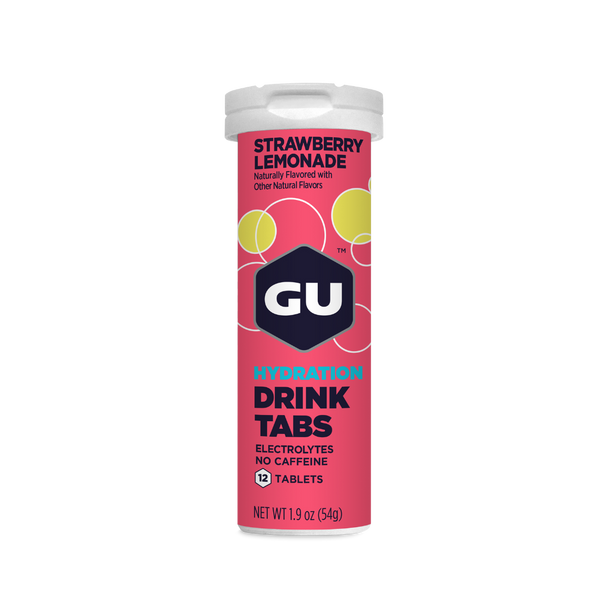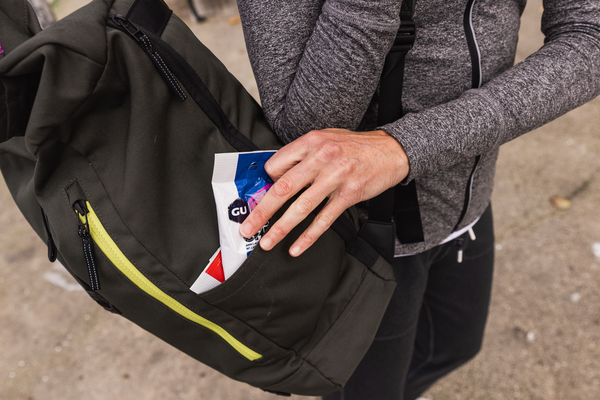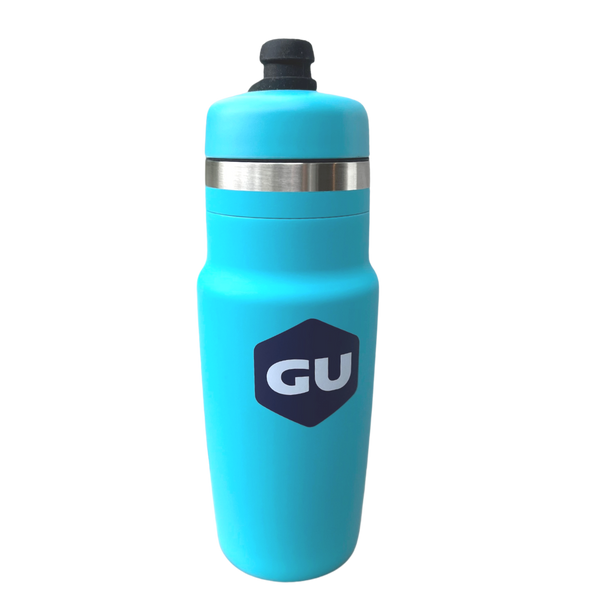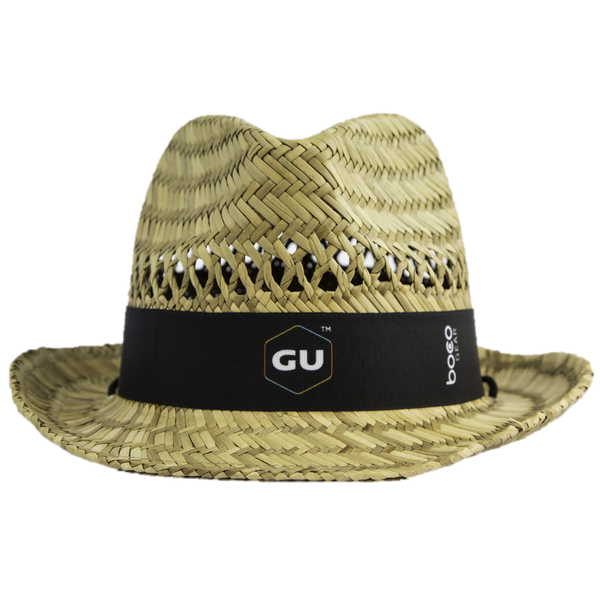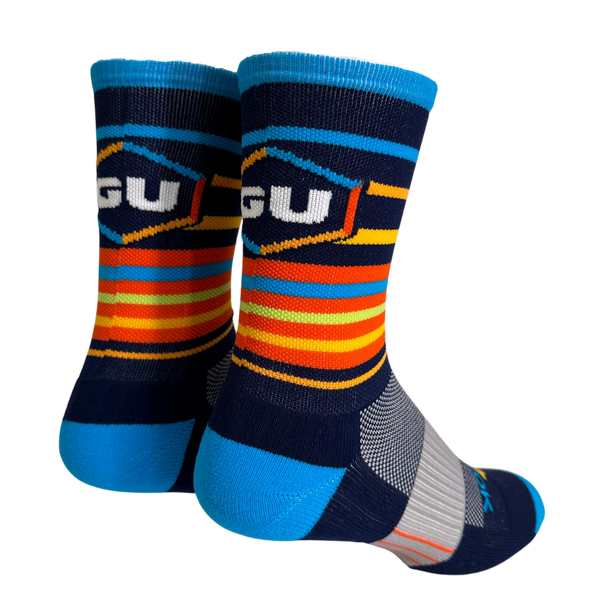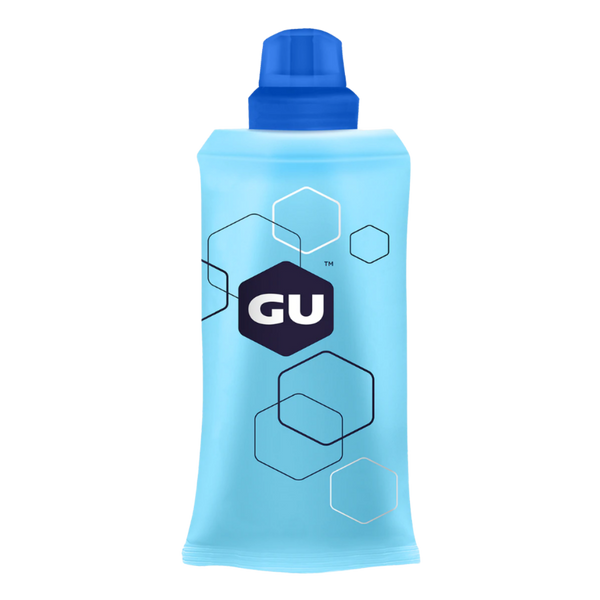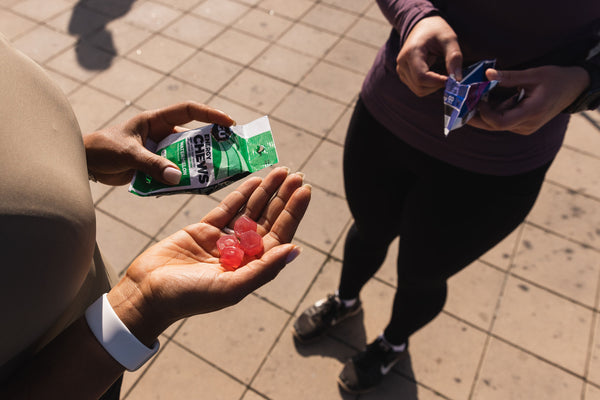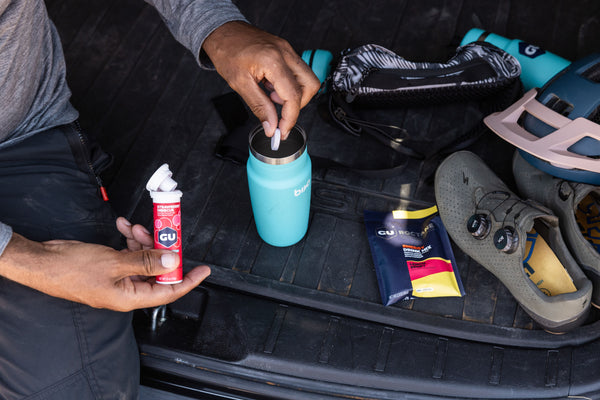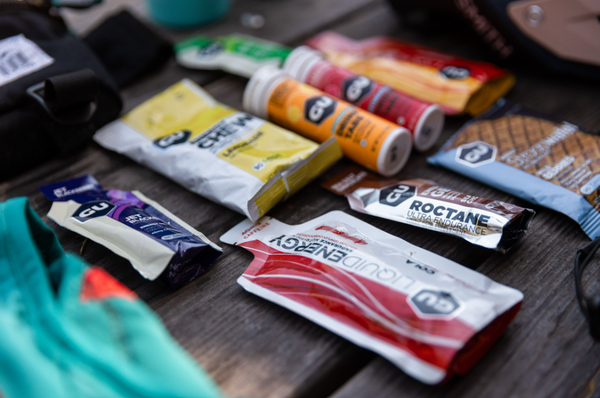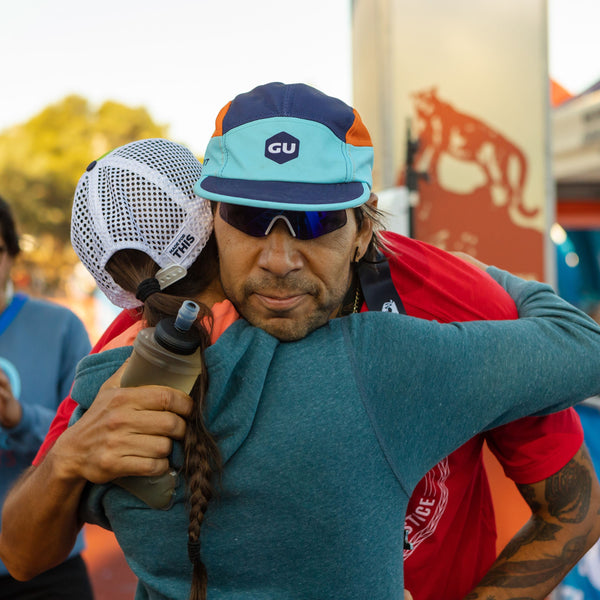Did you know that your heart doesn’t beat to a perfect rhythm? Here’s why you should start paying attention to how irregular your heartbeat is:
- Tracking your heart rate variability (HRV) is a good way to monitor recovery from training.
- It’s now easier than ever to measure your HRV! You can use your phone and don’t need a pesky chest strap.
- Being more in tune with your recovery helps you train smarter and perform better in the long run!
All this talk of HRV got your heart racing? Check out the following guest article by Marco Altini, PhD, Data scientist, Entrepreneur | Full bio below
Physiological stress & Heart Rate Variability
Heart rate variability (HRV) is an important marker of an individual’s physiological stress level. In particular in the context of training, intense exercise is a strong stressor, therefore leading to higher physiological stress, which can be captured with HRV, for example in the form of acute drops post high intensity activity, which can last for up to 48 hours post-exercise. This is part of the rationale behind measuring HRV to better understand our body’s response to training and optimize recovery. By combining HRV with other parameters and contextual information related to lifestyle and training, we can better understand the big picture, see how an athlete is adapting (or not adapting) to a specific training block, and try to make changes to avoid overtraining, eventually leading to better performance.
Due to recent technological improvements in terms of computation power and accessibility to high quality wearable technology we are seeing all sorts of applications making use of HRV today, from optimizing performance in sports, to monitoring psychological stress in the workplace.
While HRV is a powerful tool and can be very helpful in better understanding physiological responses to both acute and chronic stressors, interpreting HRV data at the individual level can be challenging. This article focuses on practical ways to acquire and interpret HRV data in the context of monitoring training load and optimizing performance, using HRV4Training as an example.
What’s HRV, why it matters and how to start collecting data
Practically speaking, our heart does not beat at a constant frequency. So even if we measure our pulse, and get a 60 beats per minute reading, it doesn’t mean we have a beat every second. The time differences between beats are slightly different, they can be 0.9 seconds, 1.2 seconds, and so on. When we talk about HRV, we talk about ways to quantify this variation between heart beats.
This explains also why HRV, is not a single number, and there is sometimes a bit of confusion on different metrics to measure HRV since we can quantify these beat to beat differences in different ways. However, especially in the context of using HRV to monitor physiological stress, the community settled on one specific feature which is called rMSSD. It’s a time domain feature, easy to compute. So most commercial tools or apps, will provide you with either rMSSD or with a transformation of rMSSD to make the value a bit easier to interpret, for example scaling it between approximately 1 and 10 or 1 and 100. This is also what HRV4Training does, when providing what I called Recovery Points.
What does HRV represent?
Let’s take a step back and talk a bit about the autonomic nervous system. The autonomic nervous system regulates many body functions, mainly unconsciously, such as respiration, the heart beating and so on, and consists of two branches, the sympathetic and parasympathetic branches.
The sympathetic branch, is in charge of the fight or flight response, while the parasympathetic branch promotes a rest and recovery. Making a few simplifications, since the autonomic nervous system maintains an adaptive state of balance in our body, we can better understand how we react to different stressors, by analyzing autonomic function.
This means we would expect higher parasympathetic activity under conditions of rest, when we are well recovered and rested. Since the autonomic system regulates the heart beating, we can use HRV as a proxy to autonomic function, and therefore use HRV as a way to measure how we react to stressors. This is where collecting HRV data can become very interesting, because we can, for example, start to figure out how much time our body needs to get back to normal after an intense workout or spot the early onset of a flu, as well as understand how our body is reacting to big stressors like intercontinental travel or other life situations.
How to get started with collecting your HRV data
Up to a few years ago, HRV was used mainly by academic researchers working at the intersection of sport, health and medicine. Many of these experts were able to show links between HRV and performance as well as recovery or training load and chronic disease.
However, in the recent past many new, affordable and user-friendly tools have been developed. These tools typically rely on commercially available heart rate monitors (e.g. a Polar chest strap) to analyze data, compute HRV and provide guidance to the user. Most of these apps rely on spot measurements of about 1 minute.
The latest developments go even a step further in terms of usability and accessibility. With apps likeHRV4Training, HRV can be computed accurately without the need for any external sensor or device. The main advantage is the increased compliance and reduced cost. The techniques used by HRV4Training have also been validated, showing equivalency with not only a chest strap but also electrocardiography in the context of measuring heart rate and heart rate variability. (Reference)

HRV4Training screenshots
HRV4Training uses the phone camera to extract photoplethysmography (PPG, basically blood flow from the finger) and then determine markers of the autonomous nervous system activity, in particular parasympathetic activity. Regardless of the tool you decide to use, make sure the technology is reliable. For example, there are many optical watches out there, but almost all of them as of 2017 can only provide reliable HR, and not HRV, due to much averaging performed to stabilize the signal. (Read: Is there any wristband activity tracker that tracks HRV reliably enough?)
All you need to know about your HRV measurements
By quantifying parasympathetic activity, HRV4Training and other apps are able to translate HRV information into an assessment of stress level and provide actionable insights, helping users to better understand how their body responds to life stressors and other factors (e.g. sleep, stress, disease, etc.).
However, taking advantage of the data is not that simple. We need to take care of a few extra steps to make sure the information we are collecting is reliable.
Clinical studies were carried out under very specific, strict, laboratory conditions. Typically, this meant showing up at a lab early in the morning, measuring 2 hours after a light breakfast and at rest, a pre-measurement period including up to 30 minutes lying down in the lab, and so on. Even with the right tools, HRV can be difficult to gather under similar conditions when measured in the wild, and these difficulties can make interpretation harder.
Additionally, research showed that many factors influence HRV, from body posture to respiration, age, genetics, gender, physical exercise, chronic health conditions and more. So how can we get reliable insights from HRV data, if it is affected by so many factors?
Interpret your data always with respect to yourself
First, we need to look only at measurements with respect to ourselves, which means that as we collect more data and understand what are normal values in your specific case, we can start looking at how much you deviate from your normal on a given day, and provide tailored advice that can help in making adjustments to our days. Additionally, our baseline HRV can improve over time with practices such as aerobic exercise and meditation.
Secondly, we also need to control for as many of the previous factors as we can, and then evaluate the effect of what we care about. Apps like HRV4Training provide a set of simple rules (or best practices) so that the measurements your take at home are as close as possible to supervised laboratory recordings, and your data is more reliable.
Be consistent
Take the measurement first thing after waking up, possibly while still in bed. This way you have consistent time of the day, and you are not affected by other stressors. When you take the measurement, it’s very important to try to relax, and not to think about other factors that might be stressing you out, like what’s coming up during the day. Lying down, sitting or standing are all good positions, again what matters is consistency. If you decide to stand, it’s very important to be patient, and wait a minute or two before starting the measurement, since your body needs to be at complete rest and measuring too early after standing up might cause the measurement to be affected. Most apps make following best practices easy for you by providing 60 seconds measurements and suggesting a morning measurement as part of your routine.
Collect for a few weeks before you make any changes
While certain physiological responses to training have been shown consistently across broad populations (for example reduced HRV after more intense workouts) each individual is different and experiences stress differently. In particular, for recreational athletes, many other stressors might be present in life, such as a demanding job or a newborn in the family. Collecting data for several weeks before implementing changes will help better understand how we react to such stressors and consequently figure out when to take it easy, avoiding additional stress, and when to push it in our workouts.
What can I learn by monitoring HRV and using HRV4Training?
While one of the main advantages of using HRV4Training is the ease of use and the ability of acquiring data without the need for external hardware, most of our work today is focused in helping users interpreting their physiological data. We do so by providing different advanced Insights that are enabled in the app as soon as enough data is available. In particular, as physiology is affected by almost anything that happens in our lives, context is key. Using the app, you can enrich physiological measurement with contextual information collected either automatically (training data from Strava, TrainingPeaks or SportTracks, weather and altitude data from OpenWeatherMap, etc.) or manually (anything from additional training variables, lifestyle, subjective scores, notes, as well as custom tags), and then explore the relation between these variables, for example using Correlations (linear relation between two variables over time) or the Acute Changes Analysis (day to day changes in response to a specific stressor, for example, are there consistent physiological changes due to travel?). Other insights are specifically designed around training, for example workouts data is used to estimate cardiorespiratory fitness (VO2max) based on submaximal heart rate during exercise (simply put, the lower your heart rate at a given intensity, the more fit you are), or the Polarized Training analysis which helps you figure out how much of your training is done at low intensities (this approach is known in pop culture as 80:20). Similarly, HRV4Training provides a Training Load Analysis where both injury risk and freshness can be analyzed. Finally, multi parameter physiological data is analyzed over longer periods of time in the HRV Trends insight, to provide users with a view that is not only focused on day to day changes in response to a specific training, but also on the longer term adaptation to a given training block, in terms of positive adaptations, maladaptation to training, and so on. As you use the app and collect data, patterns will start to arise in response to the specifics of your lifestyle and training regime, and having an objective measurement of your body’s response to these stressors can be helpful in making adjustments and striking the right balance between lifestyle, training and recovery, eventually leading to better performance.
To learn more, visit HRV4Training’s blog: www.hrv4training.com/blog or website: hrv4training.com.
Author Marco Altini holds a PhD in applied machine learning (cum laude) and MSc in computer science engineering (cum laude). He is currently leading data science activities at Bloomlife, a digital health startup using wearable technology and data analytics to improve prenatal healthcare. Marco is also the creator of HRV4Training, a mobile platform enabling physiological measurements without the need for external sensors.










